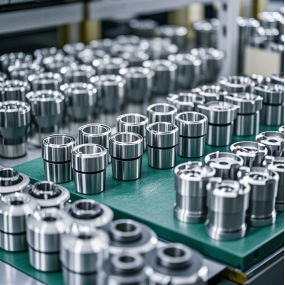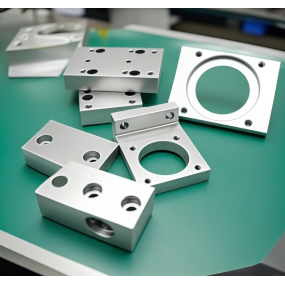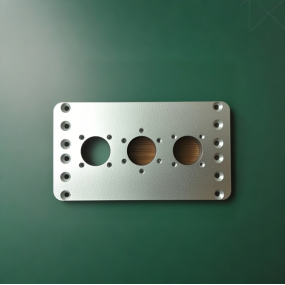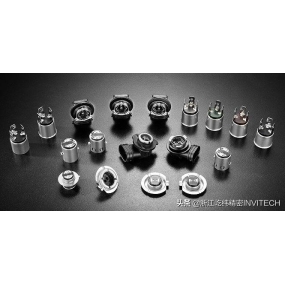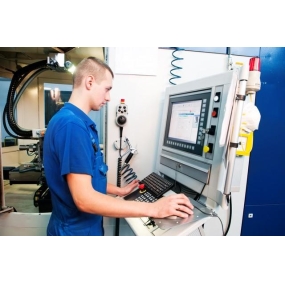What are the technologies for precision Sheet Metal Processing?
Precision plate is a steel processing technology that belongs to cold processing technology. It belongs to the steel manufacturing industry. According to the international definition of plate, precision plate is a more detailed cold processing technology. According to cutting, cutting, splicing and other processes, the final formation of precision plate, such as the crane-type thick steel plate shell we are familiar with, that is, according to the stamping process of precision plate. We will learn about the precision processing technology of plate.
1. The design department takes photos of the sheet metal parts according to the specified design plan, mainly in 3D, which is convenient for processing by the process unit and fully displays the actual structure of the sheet metal parts.
2. There are a variety of blanking methods for the photos of blanking parts. In fact, it can be divided into: cutting machine cutting, high-speed punching machine cutting, numerical control cutting, etc.
3. When riveting, pay attention to its direction. Plates can be riveted at high speed or hydraulically.
4. Welding should be firm. When welding, bumps should be placed on the welding surface to make contact with the surface of the bracket to ensure welding time and working pressure.
5. Sheet metal forming and processing: The key is the bending and stretching of sheet metal. The key to the sheet metal bending processing sequence is to first select the processing sequence, from the inside out, from small to large, first bend the individual state, and then bend the general shape.
6. Metal surface treatment: According to customer requirements, the original film is applied to the surface of the metal plate, which improves the adhesion of the spray paint. According to the actual operation of fiber laser cutting automation technology, the sheet metal processing process is further changed, the actual operation is maintained intelligently, and the labor cost is saved. Further improving productivity, increasing total output and manufacturing volume has a significant impact on the future development of the sheet metal industry.
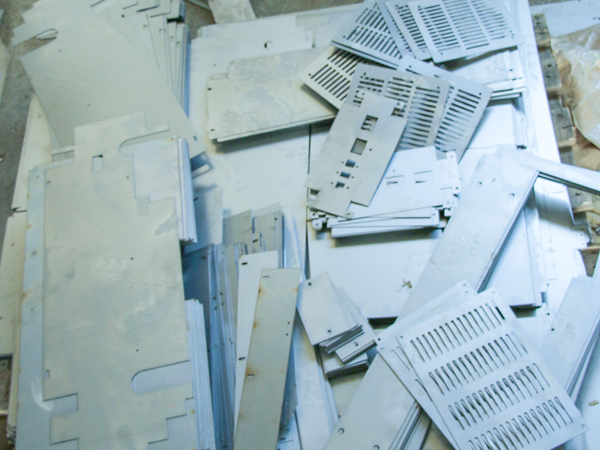


 Spanish
Spanish Arabic
Arabic French
French Portuguese
Portuguese Belarusian
Belarusian Japanese
Japanese Russian
Russian Malay
Malay Icelandic
Icelandic Bulgarian
Bulgarian Azerbaijani
Azerbaijani Estonian
Estonian Irish
Irish Polish
Polish Persian
Persian Boolean
Boolean Danish
Danish German
German Filipino
Filipino Finnish
Finnish Korean
Korean Dutch
Dutch Galician
Galician Catalan
Catalan Czech
Czech Croatian
Croatian Latin
Latin Latvian
Latvian Romanian
Romanian Maltese
Maltese Macedonian
Macedonian Norwegian
Norwegian Swedish
Swedish Serbian
Serbian Slovak
Slovak Slovenian
Slovenian Swahili
Swahili Thai
Thai Turkish
Turkish Welsh
Welsh Urdu
Urdu Ukrainian
Ukrainian Greek
Greek Hungarian
Hungarian Italian
Italian Yiddish
Yiddish Indonesian
Indonesian Vietnamese
Vietnamese Haitian Creole
Haitian Creole Spanish Basque
Spanish Basque

